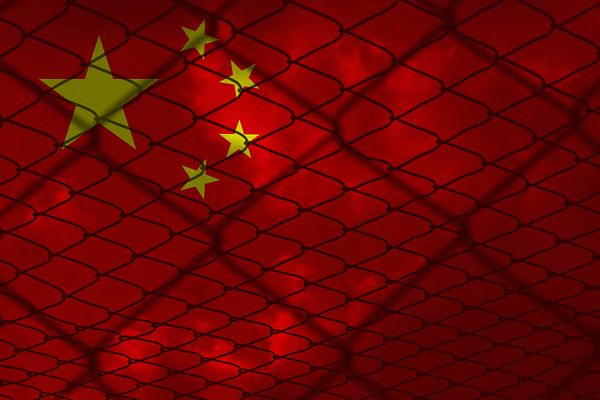On October 21, 2015, a 15-year-old Tibetan girl along with her sister was picked up by Chinese authorities in the Tibetan county of Ngaba and were put behind bars for three years for publicly displaying portraits of the Dalai Lama and demanding a “free” Tibet.
In June last year, the girl, Namkyi, arrived in India weeks after entering Nepal following a 10-day arduous journey on foot with a “firm” resolve to make people across the world aware about ‘Chinese repression’ in Tibet, according to her account. Namkyi, now 24, says she is currently studying at ’Sherab Gatsel Ling’, an educational institution run by the Tibetan government-in-exile in Himachal Pradesh’s Dharamshala.
“What the Chinese government is showing to the entire world about Tibet is in total contrast to the real situation. The Tibetan people are living under increasing fear and repression,” she told a small group of journalists. “China has been trying to undermine Tibet’s identity,” she alleges. Tibetan activists have been accusing China of denying religious freedom and trying to stamp out Tibet’s cultural heritage and identity. Beijing has been rejecting the charges. “I want to tell the world what is happening in Tibet. I want to be the voice of the Tibetan people to let the world know about their pain and anguish, about the Chinese repression,” Namkyi said.
The girl, born to a typical nomadic family in Charo village, also recalled her and her sister Tenzin Dolma’s detention following their demonstration at a key locality in Ngaba, “calling for ’Free Tibet’ and seeking the swift return of the Dalai Lama to Tibet.” ”Not more than 10 minutes into our march, four or five police officers came from behind and snatched the portraits (of the Dalai Lama) from our hands,” she said about the October 21, 2015 protest.
“We did not let go of the portraits and resisted the police action. Finally, the police dragged us down the road and told us to be silent. But we shouted our slogans continuously,” she said. “They handcuffed our hands, put us into the police van and took us away to the detention centre of Ngaba County. Then they took us to another detention centre in Barkam city.” Namkyi claimed she and her sister were subjected to severe torture.
”We were interrogated in a small room where a heater was switched on with excessive heat. Different interrogators asked various questions such as who incited us to hold the protest; where did we get the portraits of the Dalai Lama and whether we had any acquaintances from outside, etc,” she said. “Despite mental and physical torture, we only responded that both of us freely decided to hold the protest, and no one incited us, and also that our family members knew nothing about it,” she said.
Namkyi said the trial started nearly a year after the arrest. “That day (when the trial began), we both saw each other for the first time since our arrest,” she recalled, adding the court sent them to prison. “After three months in prison, I worked in a labour camp where copper wires were produced, and my sister made cigarette boxes at first, and then we were shifted to a wrist-watch manufacturing camp,” she said.

